Serial killer Ted Bundy's former girlfriend, her daughter wonder why he spared them
"I sometimes can't believe this has really been my life," Elizabeth Kendall said
Elizabeth Kendall said it feels “strange” to flip back through old photos of her former boyfriend, to see him smiling at the camera next to a younger version of herself, to see him playing with her daughter who was a child at the time, to see him being silly.
It’s because that man was Ted Bundy, one of the most prolific serial killers in American history.
“I sometimes can’t believe this has really been my life,” Kendall told “20/20.” “I kept those photos of us when we were happier, before we knew what he was capable of.”
Speaking out for the first time in 40 years, Elizabeth Kendall and her daughter Molly Kendall sat down exclusively for Amazon Original’s five-part docuseries, “Ted Bundy: Falling for a Killer,” which will be available Friday on Amazon Prime Video. They then also sat down with ABC News’ Amy Robach for a two-hour “20/20” report on ABC.
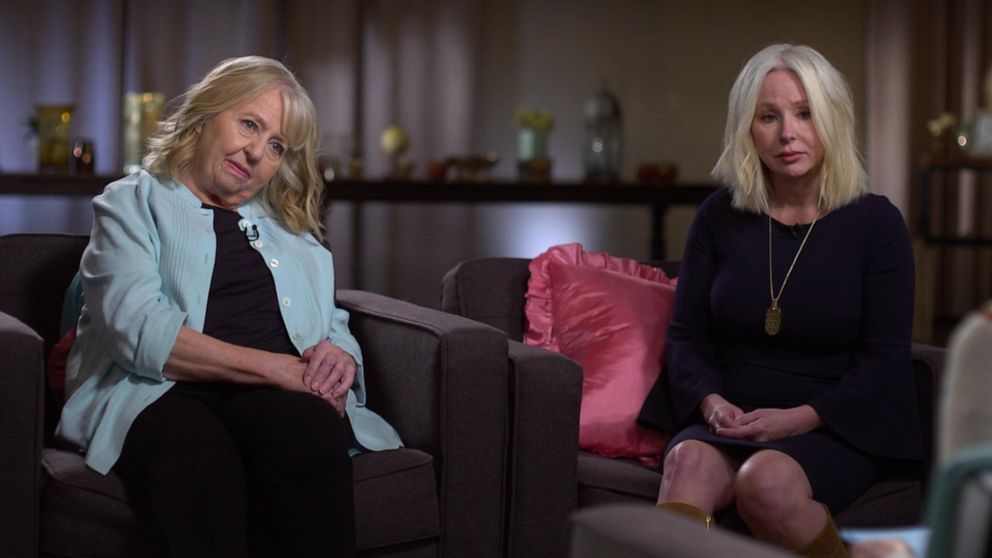
"I really felt we needed to hear their stories so we could reframe this finally once and for all from the perspective of the women," Trish Wood, the director and producer of the series, told "20/20." "And that was important to me also because I think we need to call this what it is. It's misogyny, it's hatred of women. We don't need... to figure out what the diagnosis was for Ted Bundy. Simply, he killed women because he hated them. He obliterated them. So I thought it was important to reframe it."
Even after all these years later, Elizabeth Kendall has kept photos from her and her daughter’s life together with Bundy. There's one showing him holding Molly as she rode his bike and another showing him laughing in the grass. These photos are published in an updated and expanded edition of her book, "The Phantom Prince: My Life with Ted Bundy," published by Abrams Press.

“That’s my childhood,” Molly Kendall said. “Unfortunately, the memories that are attached to those pictures have lost their original emotional content and become something different.”
Bundy mercilessly and viciously kidnapped, raped and killed dozens of innocent women across the United States in the 1970s in a trail of terror that took him from the Pacific Northwest to Florida.
Days before his 1989 death by electrocution, Bundy confessed to killing 30 women in California, Oregon, Washington, Idaho, Utah, Colorado and Florida between 1973 and 1978, but authorities believe it’s possible that there were many more.
“I still have a sense of disbelief that this man that I loved and that seemed to be a great guy could go out and do such horrific things,” Elizabeth Kendall said. “It’s just so hard to accept.”
Elizabeth Kendall said she and Bundy dated for about five years, from 1969 to 1974, which overlapped with some of his gruesome crimes. She and her daughter said that at the time, they had no idea the man they spent so much time with was a serial killer.
“I always felt loved,” Elizabeth Kendall said of the man she once planned to marry. “But with Ted, it's impossible to tell. It could've been love, it could've been just another manipulation.”
She once thought Bundy was the man she was going to marry, she said, and she has wondered why he spared her and Molly.
“I hate to even say this because it makes him sound normal, but I do think he loved us,” Elizabeth Kendall said.
“I heard a story told by one of his attorneys he had. He said Ted told him that he would play games with these animals, I don’t remember if they were mice or something else,” her daughter Molly Kendall added. “And he would let some of them live and some of them die, and to me, that’s us, we’re just these mice that were allowed to live.”
Elizabeth Kendall said she met Bundy in at a bar in Seattle. A single mother who had just moved to town from Utah at the time, Kendall said she was “pretty smitten” when she saw Bundy, who had grown up in Tacoma, Washington.
“I saw him sitting at a table. I went over and talked to him because I told him he looked lonely,” she said.
When they were dating, Bundy was earning a degree in psychology at the University of Washington. He drove a Volkswagen Beetle, worked on political campaigns and had aspirations of going to law school. To Kendall, he appeared to be a smart and doting boyfriend.
“[He] put a lot of energy into making us happy, doing fun things… he always seemed to embrace us as a family unit,” Elizabeth Kendall said. “I loved going to places with him. He was never at a loss for words, whereas I was on the shy side.”
While they were together, Kendall recalled some oddities about Bundy’s behavior. She said one day he showed up at her apartment with a pair of ski boots he had stolen from the university’s student union.
“And he said, ‘If I hadn't stolen them, somebody else would've, so I just took them,’” Kendall said.
Authorities later learned that Bundy’s crimes had started with animal mutilation and petty theft, then evolved into peering into people’s windows and then brutal killings.
By the summer of 1974, Elizabeth Kendall said her relationship with Bundy had started to sour.
“He would start walking home late at night, rather than spending the night at my house. Just subtle changes where I felt like maybe I was losing him or maybe he was seeing somebody else,” she said.
“Never in my dreams did I think he was out stalking women and then eventually … abducting and murdering women. There was no context for that,” she added.
Years later when he was on death row in Florida, Bundy confessed to FBI Special Agent Bill Hagmaier that by the summer of 1974, he had been abducting and killing women for months.
“When he was with Liz, he said he really enjoyed being a family man,” Hagmaier told “20/20” in a previous interview. “I mean, he said the things that I would expect my brother to say about his family.”
One of his victims that summer was 18-year-old Georgeann Hawkins, who Bundy strangled to death in June 1974. On July 14, 1974, Bundy abducted and killed both Janice Anne Ott, 23, and Denise Naslund, 19, at the popular Lake Sammamish State Park.
Kendall said she had seen Bundy that July morning, and he had asked her what she was going to do that day.
“I said I was going to go to a park and lay in the sun. Molly was in Utah. And he asked me which park,” Kendall said. “And I think he was just wanting to know, if [I was] going to Lake Sammamish, then he wouldn't be going that way. He'd go to another park.”
She said Bundy then called her hours later that same day, around 5:30 p.m. She said she later learned it was right after Nasland had gone missing, but Bundy gave no indication that he had spent the day committing two brutal crimes.
“We went out to eat,” Elizabeth Kendall said. “Just so hard to believe that’s what he was doing.”
“It’s heartbreaking,” Molly Kendall added.
Looking back now, Elizabeth Kendall said there were some red flags that her boyfriend at the time could be the suspected abductor police were looking for in those cases, but she said she kept “talking herself out of it.”
Kendall said a co-worker gave her a newspaper article that had a composite drawing of the suspect because that person thought it looked “similar” to Bundy. She said police had identified the suspect’s car as a Volkswagen Beetle but the color they noted didn’t quite match Bundy’s car.

Even a report about the Lake Sammamish disappearances that noted witnesses told police the suspect was a handsome young man who called himself "Ted" struck her as odd, Kendall said, but she still tried to talk herself out of believing this could be the Ted she knew.
“It wasn't something that I looked at and thought, ‘Oh my God.’ It was like, ’Oh, that's weird,’” she said. “Even the idea that this man went up and introduced himself by ‘Ted,’ I think, ‘Oh, you know, if you're going to abduct somebody, you'd never say your real name.’”
One month before the Lake Sammamish abductions, Georgann Hawkins, a University of Washington student, had gone missing. Kendall said she had read that witnesses reported seeing a man on crutches near the sorority house where Hawkins had been heading. When she spotted a pair of crutches in Bundy’s room, she asked him about it.
“He said that his landlord had hurt himself and was on crutches, but he was going to take the crutches back to the rental place. So that made sense to me,” she said.
Elizabeth Kendall said she even read some of these newspaper reports out loud to Bundy while they were together, but he brushed them off.
Listening to these conversations, Molly Kendall said at one point she had teased Bundy about the similarities between him and the man police were looking for.
“When they had a profile of him, I brought up the similarities to him,” Molly Kendall said. “I said, ‘This guy's name's Ted. Your name's Ted. This guy has a Volkswagen. You drive a Volkswagen. You know it's you,’ and he just laughed. [He said], ‘No, Monkey, of course, I would never do anything like that.’”
In September 1974, a grouse hunter discovered the remains of Ott, Naslund and Hawkins one mile east of an old railroad trestle outside of Issaquah, Washington.
“Once I started to worry, like, ‘Could this be true?’ I didn't feel safe bringing it up," Elizabeth Kendall added. "I didn't want him to know what I was thinking."
By the fall of 1974, she said Bundy was attending law school in Utah and called her regularly.
“I loved talking with him or being with him because he was just Ted. He was just the Ted I knew. Nothing was amiss,” Kendall said. “And then I'd hang up and think, ‘What was I thinking that this could possibly be true?’”
Eventually, Elizabeth Kendall said she began talking with authorities. All the while, Bundy was continuing his vicious spree of abducting, raping and murdering young women. In a matter of weeks, Bundy had murdered four women in Utah that fall.
In November 1974, at a mall in Murray, Utah, Bundy approached 18-year-old Carol DaRonch and identified himself as a police officer. He said someone had tried to break into her car and he wanted her to come down to the police station. Once DaRonch was in Bundy’s car, he attempted to attack her, but DaRonch managed to get out of the car and run for help. It was the first and only known instance of someone’s escaping a Bundy abduction, and she later became a key witness for the prosecution’s case against Bundy.
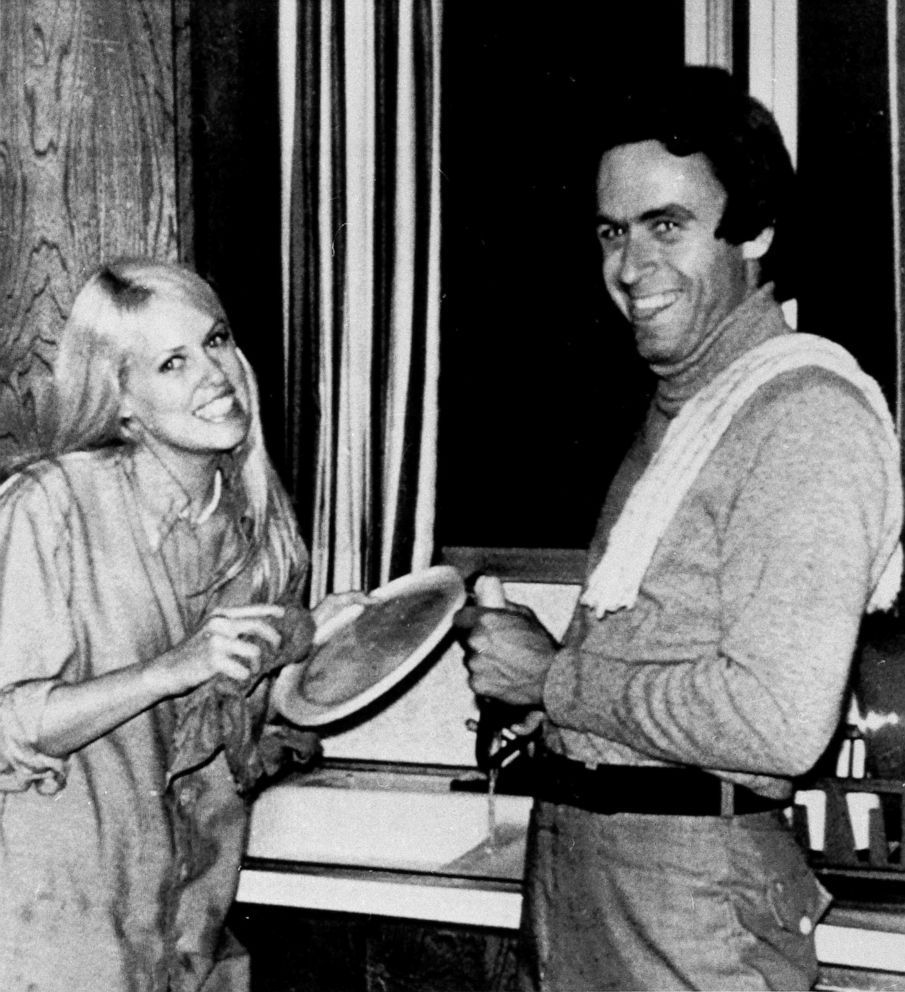
His killing spree continued the following year, when he kidnapped and killed 23-year-old Caryn Campbell in Colorado and several others.
Then by chance, on Aug. 16, 1975, Bundy was arrested in Granger, Utah, after he was spotted parked outside a house where two young women lived.
A Utah Highway Patrol officer came across Bundy in his Volkswagen Beetle loitering outside the house that morning at 3 a.m. When the officer approached, Bundy drove off. After a brief chase, the officer stopped and then searched Bundy’s car and found a ski mask, pantyhose with eyes cut out, gloves, rope, a crowbar and handcuffs. He was arrested under suspicion of evading a police officer but was released the next day on bail.
By then, Elizabeth Kendall’s relationship with Bundy had ended, but she said they kept in touch. She said she found out about the car search incident from Bundy’s Washington state landlord, who told her detectives had been by his apartment there.
“It was just very frightening to see it all laid out together, and I was devastated,” Kendall said. “Eventually, I ask him about it after I told him that I'd gone to the police, and he tried to just brush it off. ‘Oh, for God sakes, Liz,’ he said … ‘I need the crowbar for if I get in a wreck and need to pry cars apart. I need the ski mask for when I'm shoveling snow. Sometimes I wear a pantyhose mask under that just for warmth.’”
After Bundy’s 1975 arrest, police linked him to the attempted abduction of Carol DaRonch, who had identified him in a lineup. Bundy went on trial for aggravated kidnapping and was convicted in March 1976. He was sentenced to a minimum of one to a maximum of 15 years in a Utah state prison.
He was later extradited to Colorado where he was charged with Campbell's murder. But in 1977, he escaped from police custody in Colorado twice, then made his way to Florida, where he continued his murderous spree.
On Jan. 15, 1978, Bundy brutally attacked four young women at the Chi Omega sorority house near Florida State University. Two women, Margaret Bowman and Lisa Levy, died of their severe injuries. That same night, Bundy also brutally attacked Cheryl Thomas, whose house was just blocks away from the sorority house. She survived.
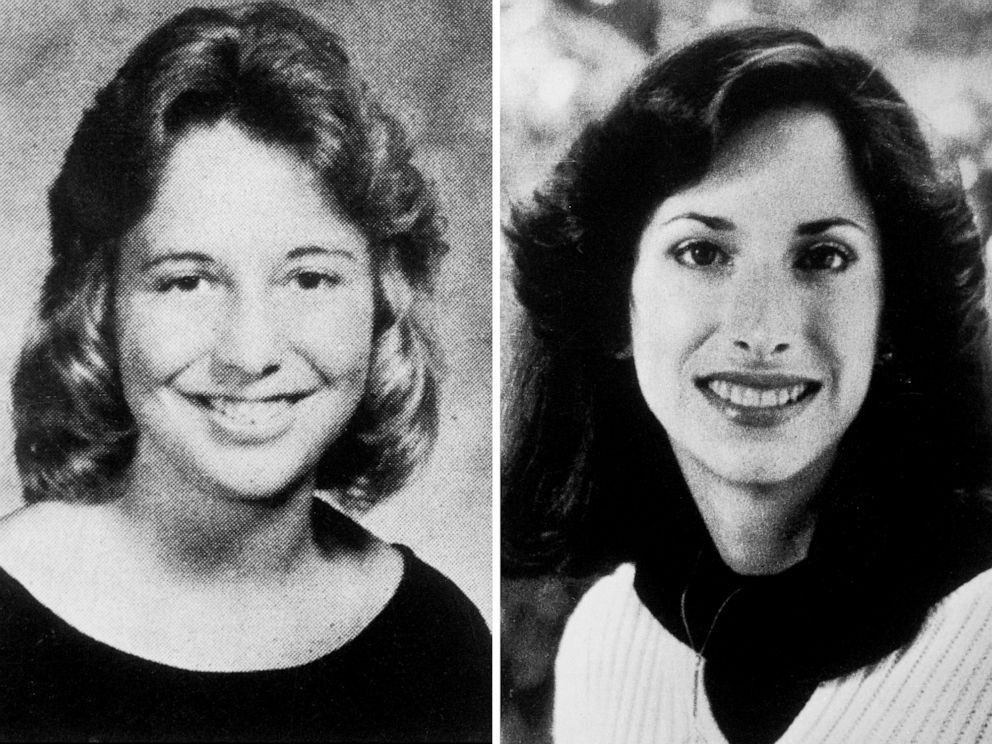
About three weeks later, on Feb. 9, 1978, Bundy kidnapped and murdered 12-year-old Kimberly Leach. She was one of Bundy’s youngest victims and his last murder.
Bundy was arrested again on Feb. 15, 1978, after a police officer saw him driving very slowly in the early hours of the morning. Running his car's license plate, the officer realized the car had been reported stolen. Bundy refused to give his real name at first, but then told police he would identify himself if they let him make a phone call, which police granted.
The person Bundy called was Elizabeth Kendall, who had already seen news reports about the Florida murders when the phone rang.
“He said, ‘I've been arrested,’ and I said, ‘Where are you?’ And he said, ‘Florida,’” Kendall said. “Oh, my heart just dropped. And I said, ‘Oh, I was afraid that you were going to be in Florida.’”
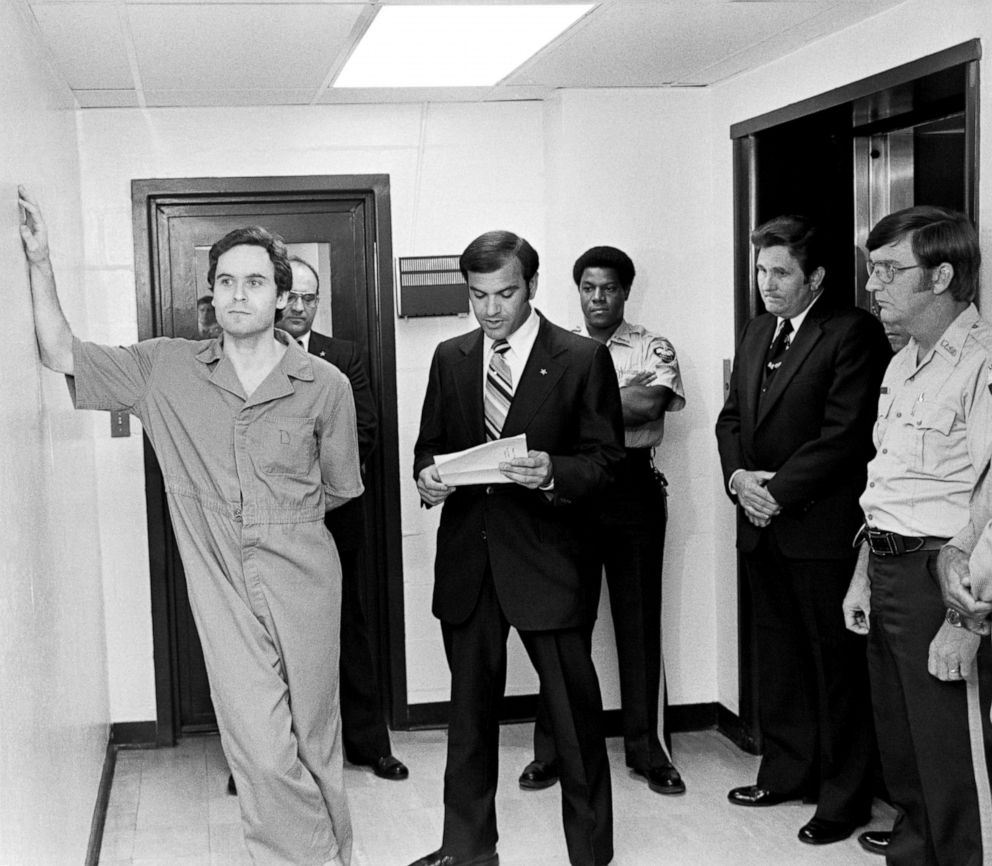
On a later jailhouse phone call, Kendall said Bundy confided in her that he felt he was "sick."
“It took him telling me himself that he had something wrong with him,” Kendall said. “It was awful, and yet it took me so long to really fully accept that he did those things. Even after he told me that, I still was spending endless hours trying to figure out how this could be, how this man that I thought I knew could do these things. It was really a struggle.”
In 1979, Bundy was found guilty of murdering Levy and Bowman and the attempted murder of three other women. The following year, he was found guilty of kidnapping and murdering Kimberly Leach. He was sentenced to death for the murder convictions.
Molly Kendall was particularly shaken by the Leach case. They both would have been the same age if Leach were alive today.
“It's hard to find words for how devastating it is, the loss of this girl, and the things that he did to her,” Molly Kendall said. “It's been a lifelong source of agony, thinking about her parents, her friends, and… just the loss of personal relationship that we thought we had to this person.”
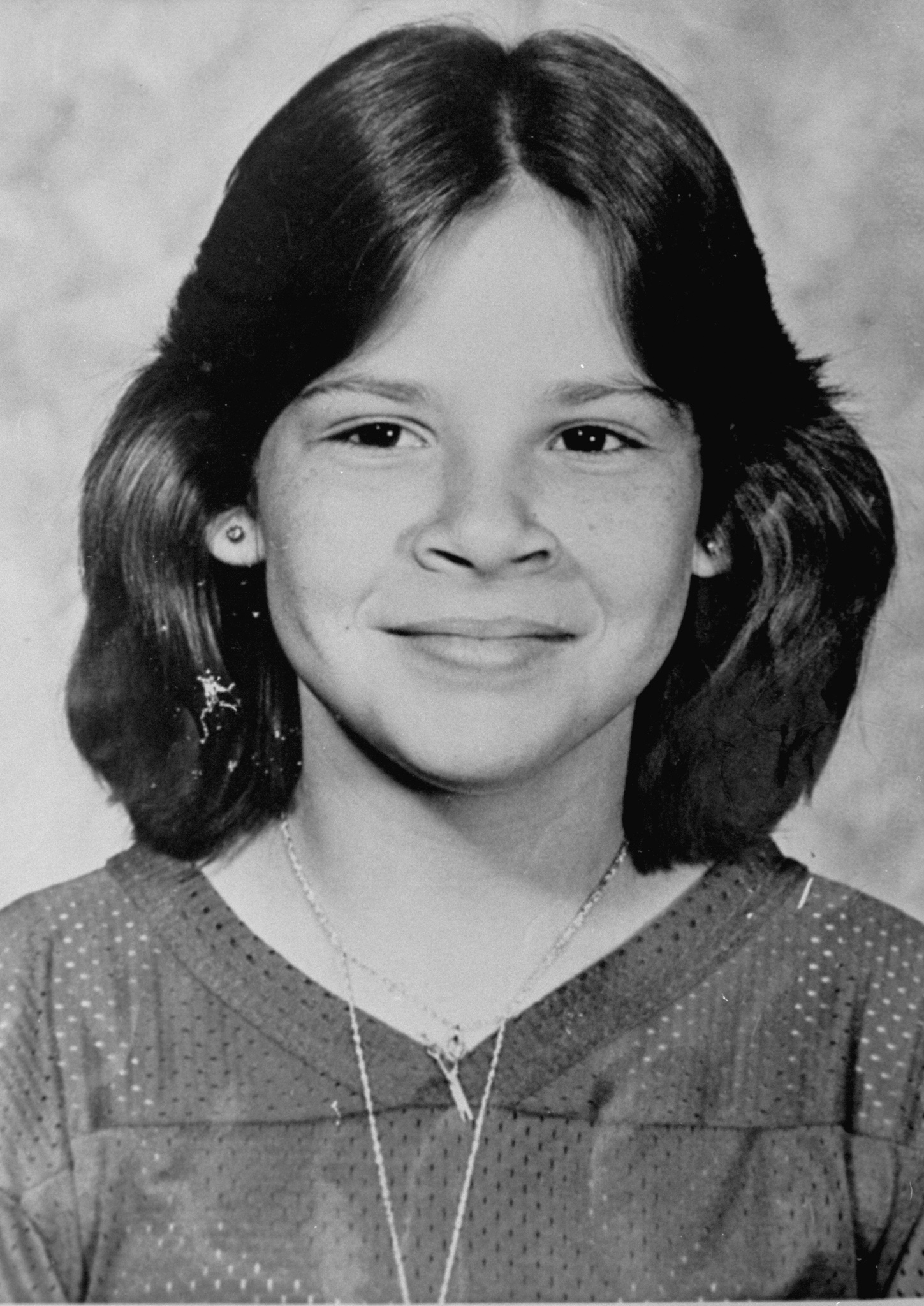
Looking back on her relationship with Bundy, Elizabeth Kendall said she still carries a lot of guilt with her.
“Guilt about … causing this in my daughter's life, guilt about what he had done, guilt that I had loved this man that was so gruesome.”
She said she worked hard to rebuild her and her daughter's lives, and she hopes that sharing their story now will serve as an inspiration for others trying to overcome hardships.
“I hope [others] will see that it's possible to have terrible, traumatic experiences and it's possible to rebuild your life,” Elizabeth Kendall said.




